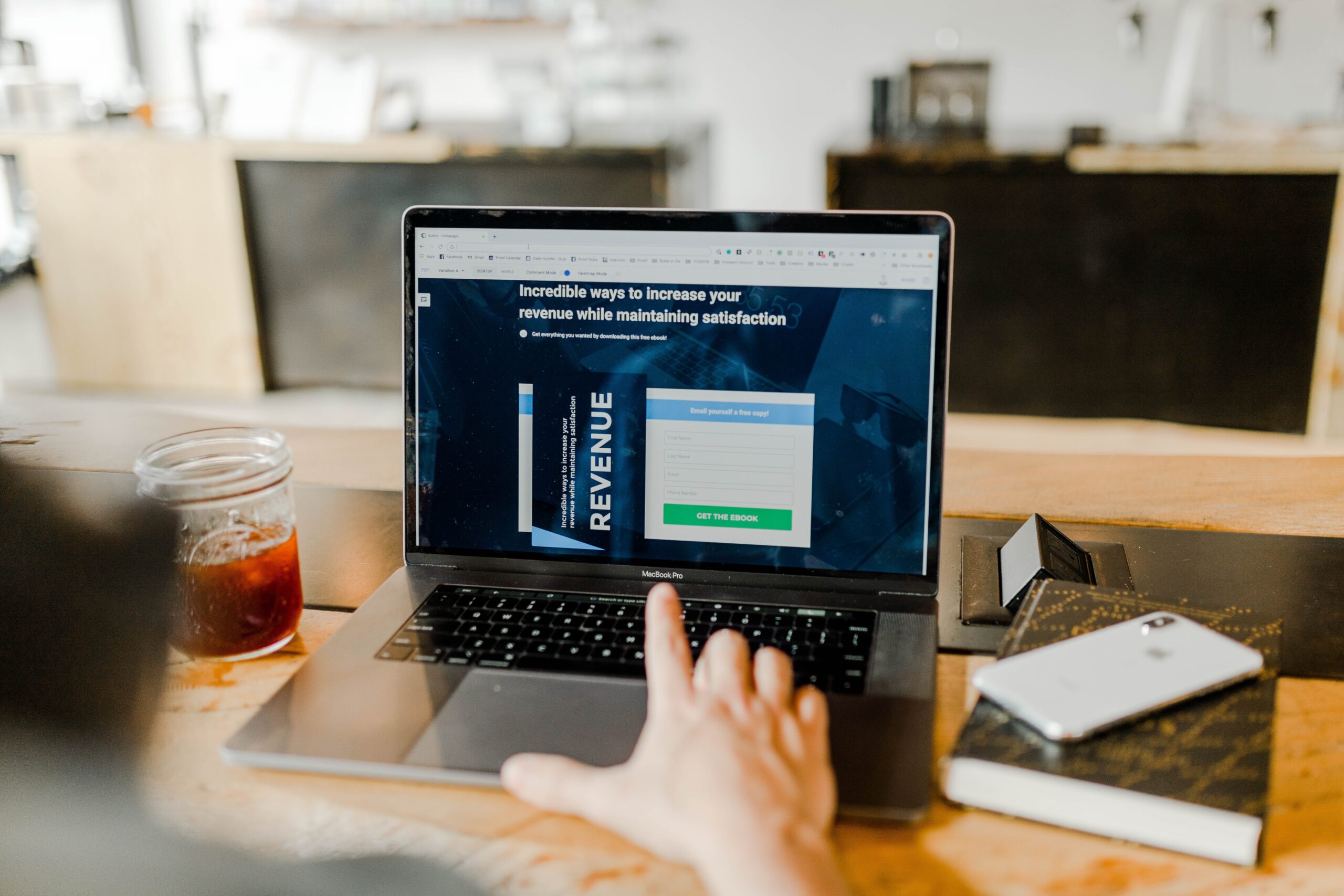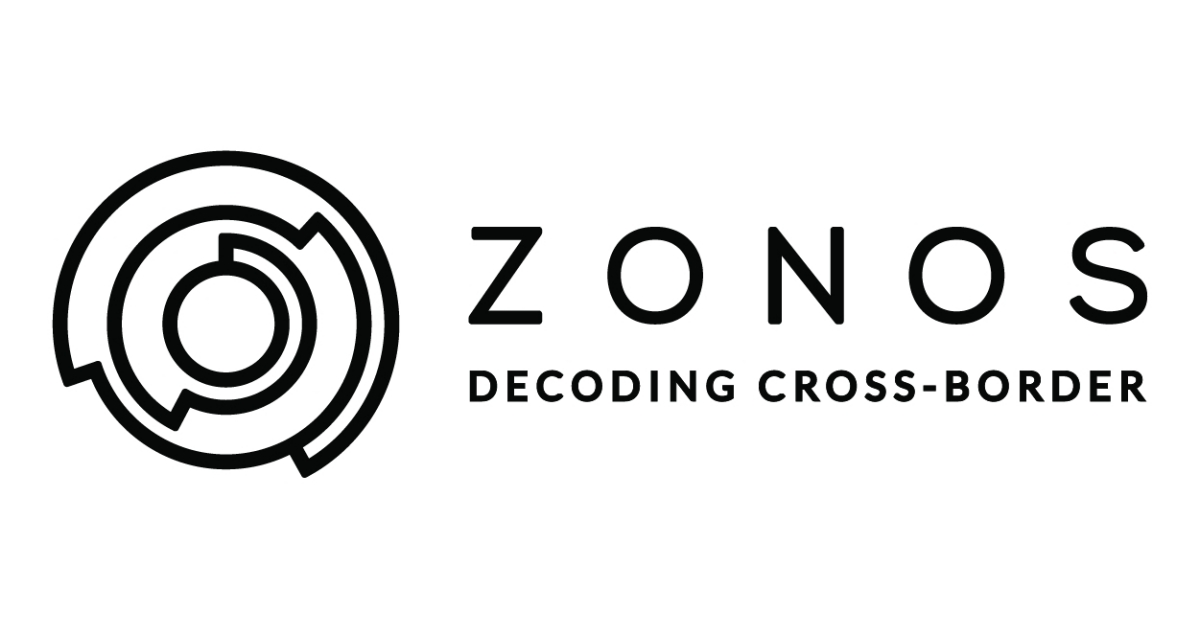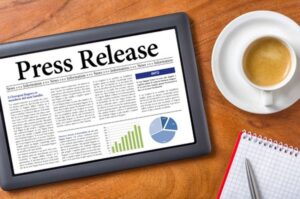
What Every SaaS Founder Needs to Know About Their Runway: The longest commercial service runway in the world is in the mountains of Tibet at 18,045 feet. That’s more than twice as long as some commercial runway lengths, which are typically between 8,000 feet and 13,000 feet.
The exact length required for a successful aircraft takeoff and landing depends on a myriad of elements: the atmospheric pressure at a given elevation, the temperature, an aircraft’s weight, and an airplane’s configuration.
Like the requirements of different types of airplanes for landing on various runways, SaaS startups need to know the number of months a company has before it takes off or runs out of cash.
According to a review of 101 startup failure post-mortems by CB Insights, running out of cash is the second most common reason that startups fail. In other words, if your runway is too short, it’s unlikely that your company will survive long enough to see success, even if you have a great product. This is particularly important for SaaS companies that spend a considerable amount of money to acquire customers who then pay for the service on a subscription basis over time.
Here is how to calculate and maximize your startup’s runway.
How to Calculate Runway
Runway is calculated by dividing your starting cash balance by the amount that you need to run your business every month, minus revenue. Monthly expenses required to keep a business growing generally include: (1) fixed costs like salaries, rent, and taxes, (2) marketing costs for brand establishment, conferences, and events that support customer acquisition, (3) expenses required to maintain assets, and (4) cost of revenue, or how much it costs to deliver a product or service to paying customer. The total of these monthly expenses is also called a burn rate.
In general, a burn rate is how much your company spends each month to finance a startup’s operations. Net Burn Rate, specifically, nets expenses and revenue. So, if your company burns $15,000 each month but earns $5,000, your net burn rate is $10,000. If that same company has $150,000 sitting in the bank, their runway is 15 months.
How to Figure Out the Right Runway
On average, eighteen months is an ideal runway for seed startups. This timeframe allows twelve to fifteen months to achieve milestones and three to six months to pursue additional funding.
If a startup’s runway is too short, it risks running out of money before taking its product to market. According to angel investor Martin Zwilling in an Entrepreneur article, “If your runway is less than a year, it’s time to either begin looking for a new cash infusion or defining and implementing a Plan B to assure survival.”
How to Maximize Runaway
1) Optimize Burn Rate
From limiting expenses including new hires, optimizing burn rate starts with limiting spending. But, optimizing burn rate is not just trying to save money from month to month. It also means spending resources strategically to support growth. This might include implementing strategies such as testing marketing channels before spending big on one particular stream or conducting market research that prevents your startup from premature scaling.
2) Consider Revenue-Based Financing
Revenue-based financing is a type of long-term business loan that gives startups the access to capital needed to scale operations without dilution. Also known as revenue sharing, revenue-based financing is an arrangement by which investors provide capital to startups, who in turn agree to pay a percentage of future monthly revenues.
Revenue based financing has many perks, namely flexible monthly payments that are ideal for unpredictable revenue of a startup SaaS business. Also, because these loans have well defined qualifications, it can be less time consuming than pursuing venture capital. Revenue based financing also gives investors the option to buy out the investment, paying back the original loan amount and a premium.
Having a long enough runway for your startup is crucial for success. But, a longer runway isn’t necessarily better. If every airport had an 18,000 foot runway just in case, it wouldn’t help planes to take off any better, and it would be an unnecessary hinderance for airports to build and maintain.
The same is true for startups— while it might feel comfortable to have a longer runway perhaps of a few years, it’s typically not necessary. And, having an unnecessarily long runway can lead staff to become complacent rather than eager to scale.
Having the right runway for your startup allows you to make progress, hit milestones, and make it to the next round of cash influx. Keep in mind that in a way, your startup can take off more than once. Each time, it needs just enough runway to make it to a new landmark that’s a little bit closer to its end destination.
Questions about what this means for your company? Bigfoot Capital is here to help. Let’s talk. Sign up for our newsletter to make sure you get the latest.
Getting started application can be found here.








